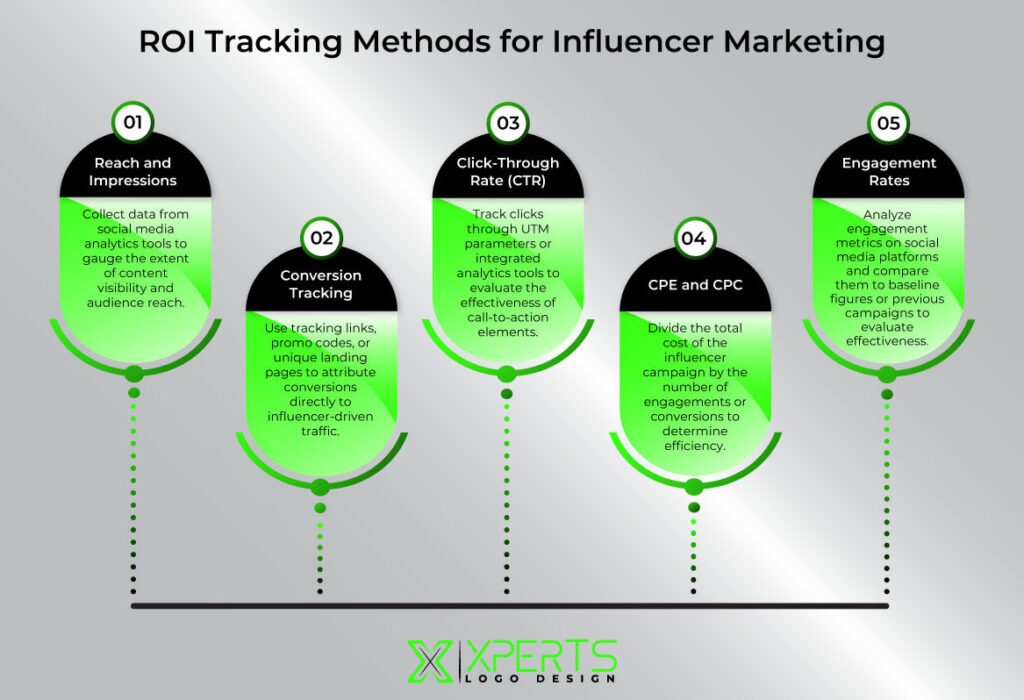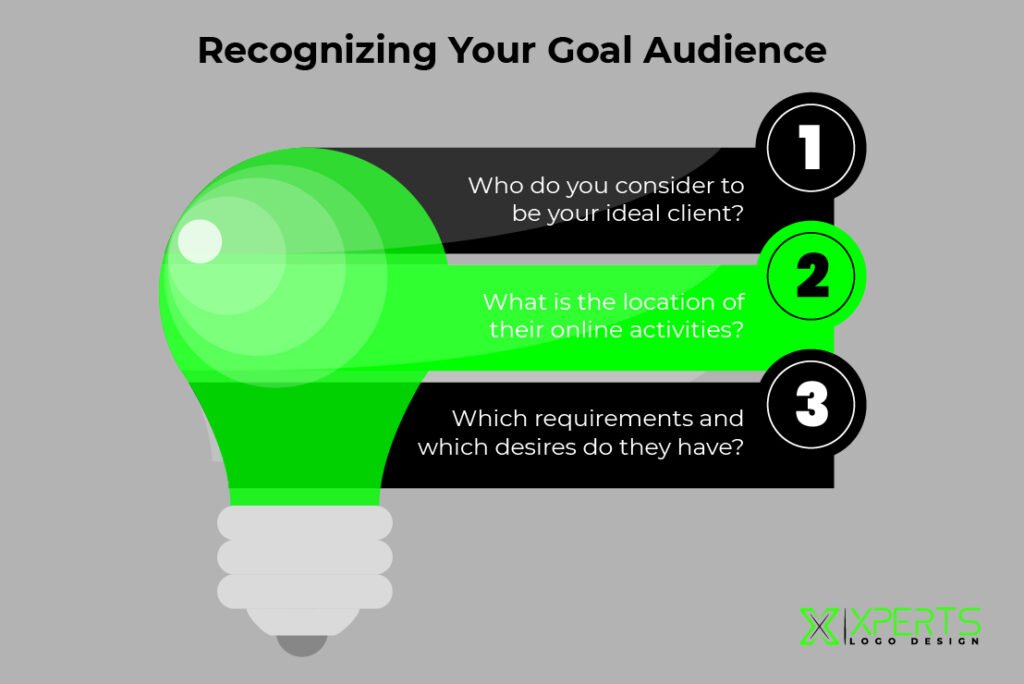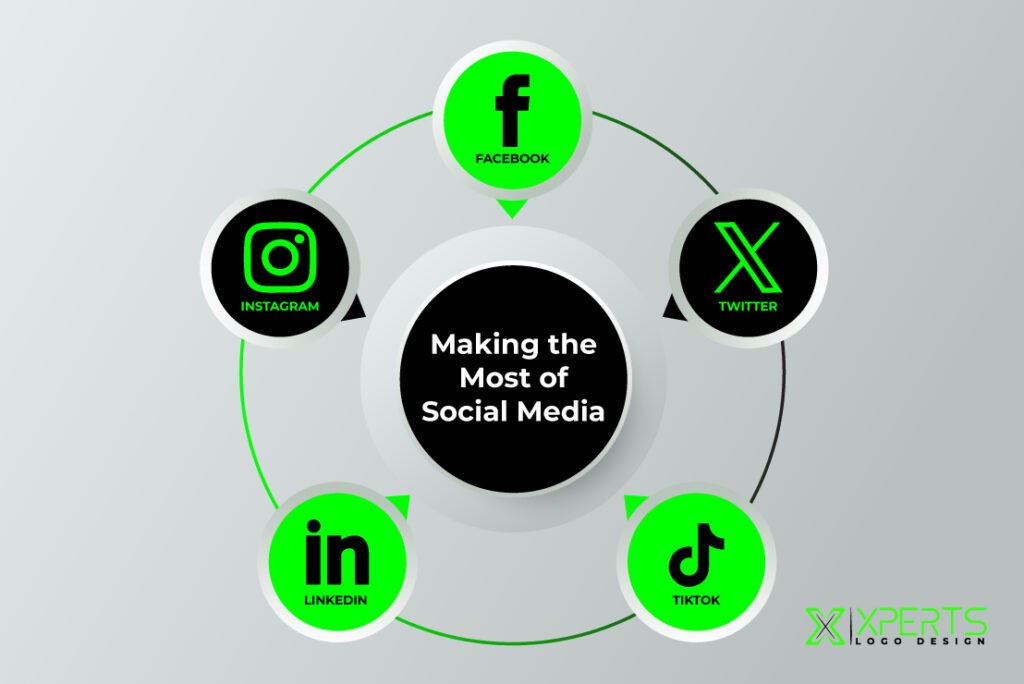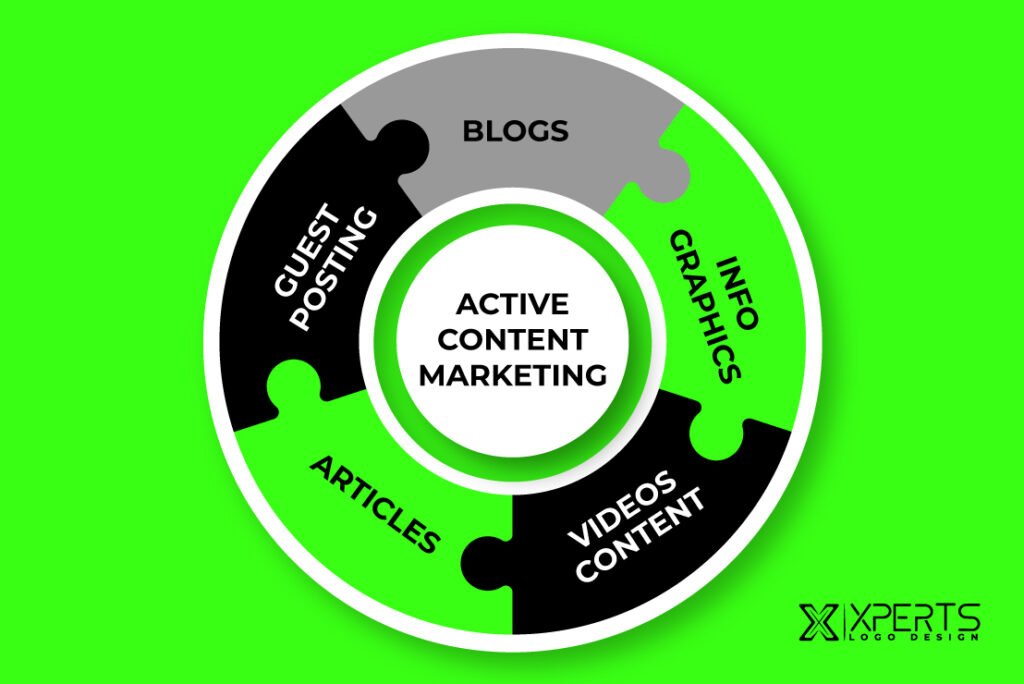As we move through 2024, digital advertising rapidly transforms, propelled by technological innovations and evolving consumer preferences. Staying informed about these key digital advertising trends is essential for businesses. This helps them enhance their digital marketing services and maximize their impact.
This comprehensive overview explores the top 08 trends shaping the industry this year. It provides valuable insights, identifies potential challenges, and presents key statistics that will help you refine your strategy.
AI-Powered Personalization
In today’s content-rich world, personalization is essential for effective advertising. AI leads this trend by tailoring ads in real-time based on user behavior, enhancing engagement and conversions. Predictive analytics refine targeting, though privacy concerns and implementation complexities can be challenging. Salesforce notes that 70% of marketers see improved engagement with AI personalization.
For optimized digital marketing, partnering with a top branding agency in the USA and a website design company near me can align these innovations with your digital marketing and branding and marketing services.
Moreover, AI’s predictive analytics capabilities enable brands to forecast user behavior with remarkable precision. This foresight allows for more targeted ad campaigns, ensuring the right message reaches the right audience at the right time.
Privacy-First Advertising
In an era of increasingly stringent data privacy regulations, adopting a privacy-first approach is essential for more than just legal compliance. It’s about building trust with your audience. Regulations such as GDPR in Europe and CCPA in California continue to evolve. Brands must prioritize data protection to avoid hefty penalties and foster consumer trust. This trust is a cornerstone of sustainable business success. Also, it is crucial to maintain a positive brand reputation.
Partnering with a top branding agency in the USA can navigate these complexities. Also provides valuable guidance in integrating privacy measures into branding and marketing services. Such agencies help ensure your strategies meet regulatory standards. It will also resonate with privacy-conscious consumers.
Why It Matters
Prioritizing privacy is not just a regulatory requirement; it’s a competitive advantage. 80% of consumers are likelier to engage with brands prioritizing data privacy. They are underscoring the value of a privacy-first strategy.
- Consumer Trust: 80% of consumers are likelier to engage with brands that demonstrate a commitment to data privacy.
- Brand Loyalty: Prioritizing privacy fosters long-term customer loyalty and strengthens brand reputation.
- Competitive Edge: Brands that lead with privacy-first strategies can differentiate themselves in a crowded market.
- Risk Mitigation: By adhering to privacy regulations, companies reduce the risk of costly fines and legal issues.
- Enhanced Engagement: Consumers are more inclined to interact with ads and content from brands they trust to protect their data.
Interactive Ad Formats
Interactive ads are revolutionizing how brands engage with their audience, shifting from passive viewing to active participation. By incorporating elements like polls, quizzes, and immersive experiences. These ads create a more engaging and memorable user experience. This approach is shaping the future of digital marketing services. It offers a powerful way to capture attention and enhance user interaction.
Key Insights
- AR and VR Experiences: Augmented and virtual reality offer immersive ad experiences—captivating users and enhancing brand interaction.
- Interactive Content: Polls, quizzes, and interactive videos drive higher engagement rates by actively involving users in the content.
- High Production Costs: Developing interactive content often requires significant investment in time. Also resources, leading to higher production expenses.
- Technical Challenges: Ensuring seamless compatibility of interactive content across different devices. Platforms can pose technical difficulties.
55% of marketers see higher engagement rates with interactive ad formats.

Social Commerce Expansion
The boundaries between social media and e-commerce are rapidly dissolving. It is giving rise to social commerce. A trend is revolutionizing how we shop online. Users can browse and purchase products directly from their favorite social platforms with just a few taps, creating a more seamless and enjoyable shopping experience. Social and e-commerce integration makes it easier for brands to engage with consumers in real time. Drive sales through highly interactive and personalized shopping experiences.
To capitalize on this trend, businesses should consider leveraging the expertise of a top branding agency in the USA. Such agencies can help develop effective strategies for social commerce that align with your brand’s identity and goals. Working with a website design company near me can ensure your online store is optimized for social media integration. Enhancing the user experience across platforms.
For companies looking to establish a strong visual presence, collaborating with the best-rated logo design company can further differentiate your brand and attract attention in crowded social commerce. By embracing these opportunities, brands can stay ahead of the curve and tap into the growing social commerce market.
Key Insights
- In-App Shopping: Social platforms now offer in-app purchasing, allowing users to shop without leaving the app and streamlining the buying process.
- Enhanced User Experience: Integrated shopping features enhance the user experience by providing a smooth and intuitive journey from discovery to purchase.
- Integration Challenges: Merging shopping capabilities with existing social media platforms can be technically complex and require careful planning and execution.
- User Experience Focus: Maintaining a fluid and enjoyable shopping experience within social apps is crucial to keeping users engaged and satisfied.

Programmatic Advertising Growth
Programmatic advertising is reshaping the way brands approach ad buying by introducing automation and precision into the process. This method streamlines the ad purchasing journey, ensuring that your campaigns are efficient and highly effective. With automated ad buying, businesses can optimize their ad spend while targeting the right audience with pinpoint accuracy. Real-time adjustments further enhance campaign performance, allowing for dynamic changes based on live metrics.
However, managing programmatic ad campaigns can take time and effort, requiring specialized expertise to harness their potential truly. Additionally, the reliance on data for precise targeting raises concerns about data privacy, a growing issue in the digital landscape.
A remarkable 84% of digital display ads are acquired through programmatic methods, illustrating the rapid shift towards this automated advertising strategy.
Voice Search Optimization
As voice-activated devices become increasingly common, optimizing for voice search is essential for keeping your content visible in this evolving search landscape. With more users turning to voice commands, adapting your SEO strategy to accommodate natural language queries is crucial. This means focusing on conversational search terms and phrases that align with how people speak rather than just how they type. 27% of the global online population uses voice search at least once weekly, demonstrating its growing importance in digital search habits.
- Natural Language Queries: Tailor your content to match how users naturally ask questions, ensuring it aligns with conversational speech patterns.
- Voice Search Integration: Optimize your content for voice commands to enhance its visibility and make it more accessible through voice-activated searches.
- Content Adaptation: Shifting your SEO approach to accommodate voice search requires significant changes in how content is structured and optimized.
- Accuracy of Voice Recognition: Achieving accurate voice recognition across various accents and dialects poses a challenge, impacting how well your content is understood.
Influencer Marketing Evolution
Influencer marketing is transforming, with brands shifting focus from temporary collaborations to forging deep, authentic relationships with influencers. This year, 65% of brands are increasing their investment in influencer marketing, highlighting a strategic shift towards more meaningful and long-term influencer relationships.
This change is driven by the realization that genuine endorsements resonate more with audiences, leading to stronger connections and enhanced brand loyalty.
Key Features and Challenges
- Authenticity: Long-term partnerships with influencers ensure that endorsements are credible and trustworthy, creating a more authentic connection with the audience.
- Micro-Influencers: Collaborating with smaller influencers allows for highly targeted campaigns that reach specific niches, resulting in more effective and engaged audiences.
- Influencer Fatigue: Overusing influencers can lead to audience burnout, where repeated exposure to influencer content diminishes its impact.
- Measurement Challenges: Tracking the effectiveness and ROI of influencer campaigns can be complex, requiring sophisticated tools and metrics to evaluate success accurately.

Dynamic Creative Optimization
Dynamic creative optimization revolutionizes Digital advertising trends by enabling highly customed and effective ad experiences. This approach allows for real-time adjustments to ad content based on user behavior and interactions, ensuring that each ad resonates with its target audience.
By delivering personalized and dynamic content, brands can significantly enhance ad relevance and effectiveness, leading to better engagement and higher conversion rates. However, implementing dynamic creative campaigns can be complex, requiring advanced technology and management expertise. Also, handling the vast amounts of data necessary for real-time optimization presents challenges.
Despite these hurdles, the benefits are clear. Dynamic ads have been shown to boost click-through rates by 20% compared to static ads. To illustrate the advantages, an infographic can highlight how dynamic creative optimization enhances ad performance and engagement.



